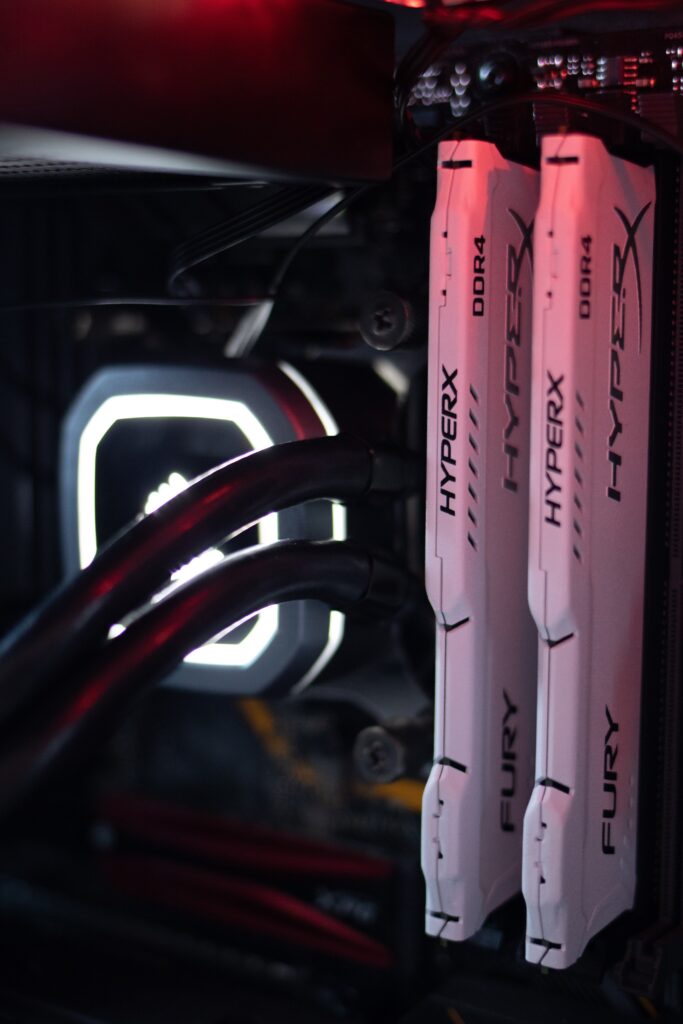Laptop is a carriable electronic device that you can use to get your works complete easily. You can use laptops to play games, to complete your school or office projects, designing and etc. You can see a huge collection of laptops under different brand names. Some laptops may be vary for some special tasks. As an example gaming laptops are designed with higher performance to play games or to do higher computer resources(ex: RAM, GPU) consuming works like video editing. So we have prepared the best laptop buying guide to our readers to give a idea about what you have to refer when you are going to buy a laptop. After reading this laptop buying guide you will be able to reduce your cost and you will be able to find the best laptop for you. In this laptop buying guide you will be able to find about,
- Performance
- RAM
- GPU
- Storage
- Operating System
- Cost
- Battery capacity
- Ports
- Screen size
- Web cam, Keyboard, Touch Pad
Table of Contents
Toggle01. Performance
The first and most important thing you need to decide is how much performance you actually need. If you are looking for a laptop for a normal simple usages like word processing, document creating, and internet browsing etc., you don’t need a laptop with highest performance GPU like RTX 3080 or higher level RAM capacities like 16 GB or 32 GB. However, if you want a laptop to complete higher resource using tasks like editing, gaming you have to buy a gaming laptop.
Let’s have an idea about what is RAM and GPU.
02. RAM – Random Access Memory
When you are doing a process or more process computer have to find a place to store data. Random Access Memory widely known as RAM is the place computer/laptop holds data until your works done. Suppose that if you are typing a letter by using Word application. First laptop have to load the Word application from secondary storage( Hard Drive/SSD) to the RAM. Then the computer processor can process your instructions. Until you finish and save your letter RAM will temporary hold this data on it. After you save and close the application the typed letter will move to the secondary storage and save in it.
If you are going to use your laptop for normal usage 8 GB RAM is quietly enough. When you are going to play some higher graphics games by using laptop you may go for a 16 GB or 32 GB RAM. If you have to do video editing, designing you must be engaged with a 32 GB RAM.

03. GPU – Graphic Card
Graphic card is known as GPU. Every laptops comes with a integrated graphic card. It is quite enough for to do your day to day works. But, if you are a gamer or a designer you should not be able to run your games or applications by using this integrated graphic card. You have to buy a laptop with separated GPU. Nvidia and AMD are the most known GPU vendors in the market. By determining the GPU card you want you can reduce the money you spent for a laptop. You can refer Nvidia and AMD websites get a huge idea about their GPU series.
04. Storage
Storage capacity is a essential factor you have to focus. You have to store your all applications and data on your storage devices. There are two main storage devices called as SSD(Solid State Drive) and HDD(Hard Disk Drive). SSD is a better and faster storage device than HDD. However SSD is expensive than SSD. If you use a laptop SSD storage device you can have a faster data transmission experience. It is recommended you to store your Operating System in a SSD drive. It will help you to experience faster data transmission.
05. Operating System
As a main thing you must figure out that which operating system suites you. Actually, this depends on your requirements. It depends on your software requirements. So you have to determine that which software you need to run before you buy your laptop. There are laptops in the market with four main operating systems.
- Windows OS: If you want to run Microsoft Apps like MS Office, MS Teams, OneDrive etc., the best choose is a laptop that runs Windows Operating System. Most of times Windows OS can many software like Adobe Photoshop, Dreamweaver etc.
- MacOS: This is a special operating system that created by Apple Inc. This operating system can be only founded in laptops and PCs created by Apple Inc. These laptops are fully optimized to run MacOS and MacOS is more user friendly than Windows OS. But, you can run only limited applications and sometime you have to buy applications for Mac laptops.
- Chrome OS: This is a operating system that mainly designed for web browsing purposes. As this OS is less performance and these laptops (known as Chromebooks) are very cheaper. However, powerful applications like MS Office, Adobe Collection applications cannot be run on this laptops.
- Linux OS: This is an open source operating system. This Linux OS higher reliable, powerful and less vulnerable to security attacks. However applications like MS Office, Adobe Collection can’t run on this OS. But there are free open source applications like GIMP, OpenOffice applications to do same tasks. However, I suggest you to not to go for a Linux laptop if you are not fluent in computer skills.
06. Cost
Secondly you have to focus to the price of the laptop. As you know the price of the laptop will increasing due to it’s performances. Sometimes the same performance laptop price will be different due to the vendors. So be sure to determine your needs before buying a laptop. By determining your needs you can choose exact laptop you want. Then you can reduce your cost.
07. Battery Capacity
If you wish to take your laptop from place to place you have to go for a higher battery capacity laptop. We suggest you to go for a higher battery capacity laptop. It will not matter if you are going to use your laptop in home or office because you can charge your battery when it’s get low.
08. Ports
If you need to connect external devices you should focus on ports. If your laptop has at least two USB ports and a thunderbolt it will be good. Otherwise you have to buy a USB hub to connect more devices. Thunderbolt port allows you to transfer data in higher speed than USB ports. Also USB-C type charging port if your laptop battery capacity is high. Otherwise it will get more time to charge your battery.
09. Screen Size
There are laptops with different screen sizes. This screen sizes may be 11 – 17 inches. From this size range we recommend you to go for a 13 inches to 15 inches display size. It will helps increase the portability, decrease the weight of laptop and it will consume less power.
10. Web Cam, Keyboard, Touch Pad
Web Camera: If you are going to use Zoom, Skype, MS Teams or any other video conferencing apps you probably choose a 1080p camera. Lot’s of laptops in market is included 720p camera. But it is not a problem if you are not going to use video conferencing apps.
Keyboard: Please make sure to choose a laptop with standard keyboard layout keyboard. Some laptops doesn’t have numpad and keys. Please make sure to check the keyboard layout before you buy.
Touch Pad: We can see different types of touch pad in nowadays laptops. Some laptops don’t have specific keys. We can see touch pads with different sizes. Make sure that your laptop’s touch pad fits you.
Don’t Forget To Read About

The latest news about our Premium Features to your Telegram!
Join with Tec Nags for Premium Cookies, HPI Files, Canva Pro and exclusive access to our other premium accounts with technology information and tech tips!
❤️🔥
I need to to thank you for this good read!! I certainly loved every bit of it. I have you bookmarked to check out new stuff you postÖ